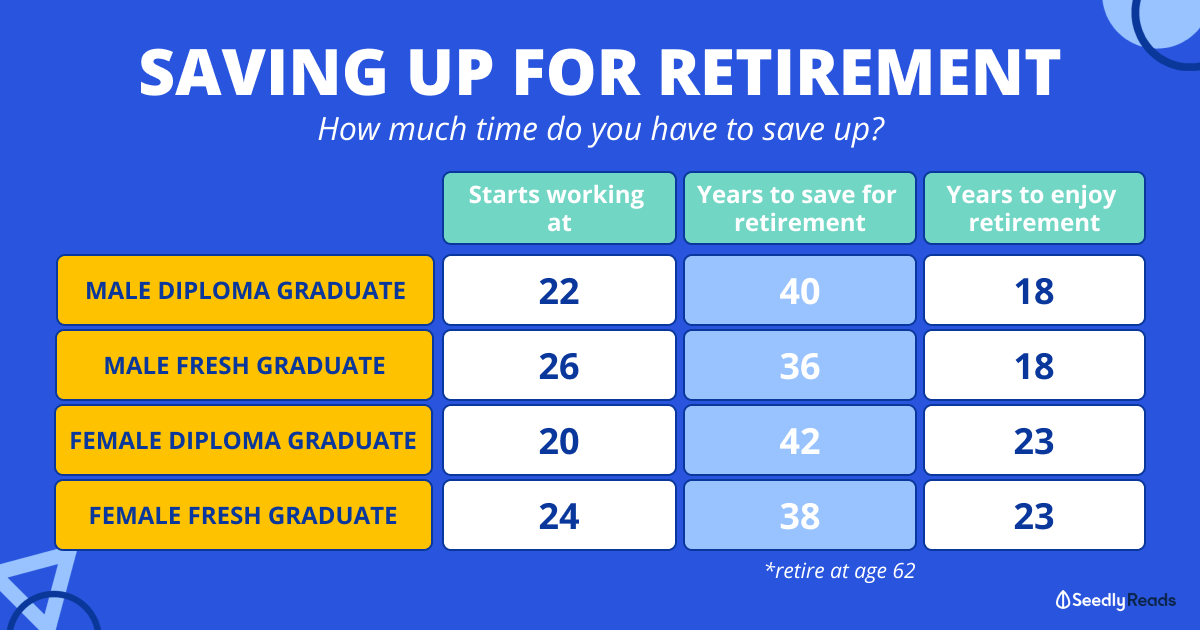
Calculator for Roth IRA defaults to 6% Rate of Return
The default rate to return in the Roth IRA Calculator is 6%. However you might want to adjust it to reflect your anticipated returns. Please note that the calculator cannot account for your spouse’s employer-sponsored retirement plan. After income taxes and tax deductible contributions, the account balance is totaled. It also includes tax savings that you can reinvest.
Based on your tax filings, the Roth IRA calculator will calculate your maximum annual donation. The calculator defaults to 6% so you can easily compare your Roth IRA account balance to retirement and your projected taxable account.
Traditional IRA calculator assumes that your spouse is "Married filing separately".
It is important to determine how much you can contribute each calendar year to a Traditional IRA. The amount you can contribute tax-deferred each fiscal year is determined by your annual income. You can maximize your contributions by contributing the minimum amount each year to ensure maximum tax-deferred. You can also make a catch up contribution once you turn 50.

If you're married, traditional IRA calculator assumes your spouse is "married filing separate," meaning that they are not included in your return. This makes it easier to compare IRAs with different tax rules. For example, if you are married making a single IRA contribution, you may find your contribution will be treated as one deduction and not two.
SEP IRAs do not have a catch-up contribution
SEP IRAs prohibit catch-up contributions. Employers might allow catchup contributions if they make traditional IRA contributions. The employees' annual earnings are the only limit on the amount of catch-up contributions.
You must have earned at least $100,000 the year before you are eligible. The maximum catch-up contribution that you can make is equal to your salary or the contribution of your employer. This catchup contribution is optional and can be made in the next year. Catch-up contributions are possible if you're under 50. But you will need to withdraw your funds prior to reaching the age of 70 1/2. SEP IRAs do not have the right to lend money. Uni-K plans are permitted to make loans. However, the IRS has strict guidelines. Moreover, some plans charge an administrative fee for loan initiation.
IRAs are tax-deferred
An IRA has the advantage that you won't be subject to taxes on any earnings or withdrawals until your investment is sold. This means that you can sell investments that have appreciated in value without paying capital gains taxes. You may need to pay transaction fees if you decide to sell. This makes asset allocation and asset diversification important. Avoid investing all your money in stocks or cash as inflation can quickly erode the value of your investments.

Traditional IRAs let you deduct your contributions as long as they are less than the amount of the contribution. However, these deductions are limited and phase out as your income increases. Most employers offer a retirement plan that is qualified as a qualified IRA. If you don't have access to a workplace retirement plan, you can take advantage of the deduction by contributing to an IRA yourself. However, you must have modified adjusted gross income of $65,000 or less to qualify for this deduction.
IRA distributions are tax-free in retirement
Traditional IRAs offer an excellent solution for accumulating tax-deferred retirement savings. Contributions are made on pre-tax basis and withdrawals can be taken without tax if you are older than 59 1/2. However, there are rules to follow when it comes to taking withdrawals, such as the requirement to withdraw at least 10% of the account's value every year. Refusing to follow these rules could result in a 50% penalty on the amount that is withdrawn.
It's crucial to understand the IRA distributions system if your age is under 59 1/2. Consider, for example, that you take $10,000 from your IRA every year. This withdrawal is not subject to tax for the first 120-days. Next, you must wait at least 120 more days before you modify your payments.
FAQ
What is risk management and investment management?
Risk management is the act of assessing and mitigating potential losses. It involves identifying, measuring, monitoring, and controlling risks.
Investment strategies must include risk management. Risk management has two goals: to minimize the risk of losing investments and maximize the return.
These are the core elements of risk management
-
Identifying sources of risk
-
Monitoring and measuring the risk
-
How to manage the risk
-
How to manage the risk
Why is it important to manage wealth?
You must first take control of your financial affairs. It is important to know how much money you have, how it costs and where it goes.
You also need to know if you are saving enough for retirement, paying debts, and building an emergency fund.
If you don't do this, then you may end up spending all your savings on unplanned expenses such as unexpected medical bills and car repairs.
What are the best ways to build wealth?
It's important to create an environment where everyone can succeed. You don’t want to have the responsibility of going out and finding the money. If you aren't careful, you will spend your time searching for ways to make more money than creating wealth.
Avoiding debt is another important goal. It is tempting to borrow, but you must repay your debts as soon as possible.
You're setting yourself up to fail if you don't have enough money for your daily living expenses. And when you fail, there won't be anything left over to save for retirement.
Therefore, it is essential that you are able to afford enough money to live comfortably before you start accumulating money.
What Is A Financial Planner, And How Do They Help With Wealth Management?
A financial planner is someone who can help you create a financial plan. They can look at your current situation, identify areas of weakness, and suggest ways to improve your finances.
Financial planners can help you make a sound financial plan. They can help you determine how much to save each month and which investments will yield the best returns.
Financial planners are usually paid a fee based on the amount of advice they provide. However, planners may offer services free of charge to clients who meet certain criteria.
Statistics
- According to a 2017 study, the average rate of return for real estate over a roughly 150-year period was around eight percent. (fortunebuilders.com)
- A recent survey of financial advisors finds the median advisory fee (up to $1 million AUM) is just around 1%.1 (investopedia.com)
- Newer, fully-automated Roboadvisor platforms intended as wealth management tools for ordinary individuals often charge far less than 1% per year of AUM and come with low minimum account balances to get started. (investopedia.com)
- If you are working with a private firm owned by an advisor, any advisory fees (generally around 1%) would go to the advisor. (nerdwallet.com)
External Links
How To
How to invest when you are retired
Retirement allows people to retire comfortably, without having to work. But how do they put it to work? While the most popular way to invest it is in savings accounts, there are many other options. You could also sell your house to make a profit and buy shares in companies you believe will grow in value. You could also take out life insurance to leave it to your grandchildren or children.
However, if you want to ensure your retirement funds lasts longer you should invest in property. You might see a return on your investment if you purchase a property now. Property prices tends to increase over time. You could also consider buying gold coins, if inflation concerns you. They are not like other assets and will not lose value in times of economic uncertainty.